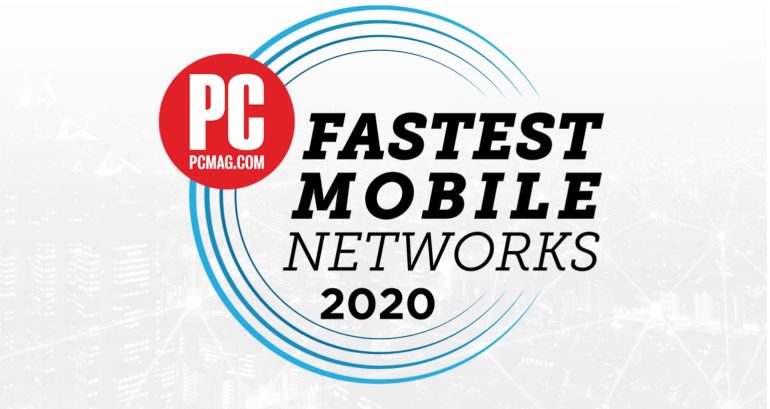PCMag Releases Fastest Mobile Networks 2020 Test
PCMag has released its 11th annual testing data of US wireless networks, and it doesn’t paint a pretty picture for the state of 5G.
Each of the three major carriers are rushing to get on the 5G bandwagon, although each of them are taking different approaches. Verizon has been focused almost exclusively on high-band, mmWave spectrum. This is the fastest variety of 5G, with speeds measured in gigabits. Unfortunately, it has very limited range and building penetration, making it hard to find.
T-Mobile and AT&T have both rolled out mmWave networks in urban areas, much like Verizon. Both of them, however, have also rolled out low-band nationwide 5G networks. This variety of 5G is only marginally faster than 4G LTE, but has excellent range and penetration.
Mid-band spectrum promises to offer the best of both worlds, with decent range and penetration, combined with speeds in the 700 Mbps range. T-Mobile has a wealth of this spectrum, thanks to its merge with Sprint, but has yet to fully repurpose it.
PCMag’s report falls largely inline with what one would expect, given the technologies in use. Of the three, PCMag’s Sascha Segan says “Verizon’s 5G is often mind-blowing, but very difficult to find.” This is exactly what one would expect from a 5G rollout focused exclusively on mmWave.
T-Mobile, on the other hand, has the largest nationwide, low-band 5G network. At the same time, its speeds have not increased as fast as either AT&T or Verizon. This is believed to be the result of T-Mobile absorbing millions of Sprint customers post-merger, resulting in added congestion on the network. T-Mobile says it will be able to deal with the congestion once it finished integrating Sprint’s spectrum.
On the other hand, Segan said, “AT&T 5G right now appears to be essentially worthless.” This is largely because of how AT&T has chosen to roll out its nationwide 5G. As Sagan explains:
”AT&T’s 5G slices off a narrow bit of the old 850MHz cellular band and assigns it to 5G, to give phones a valid 5G icon without increasing performance. And because of the way current 5G phones work, it often reduces performance. At locations with both 4G and 5G, our 5G phone was slower than our 4G phone in 21 out of 22 cities.”
In many ways, this is reminiscent of how AT&T labeled souped up 4G LTE as “5G Evolution,” a claim the BBB’s National Advertising Review Board (NARB) and National Advertising Division (NAD) found misleading. Similarly, in the transition from 3G to 4G, AT&T drew criticism for labeling souped up 3G as 4G.
While offering some nuggets of hope for the state of the US 5G market, PCMag’s report illustrates that it still has a long way to go before it reaches the level of maturity needed to compete with existing 4G networks.



